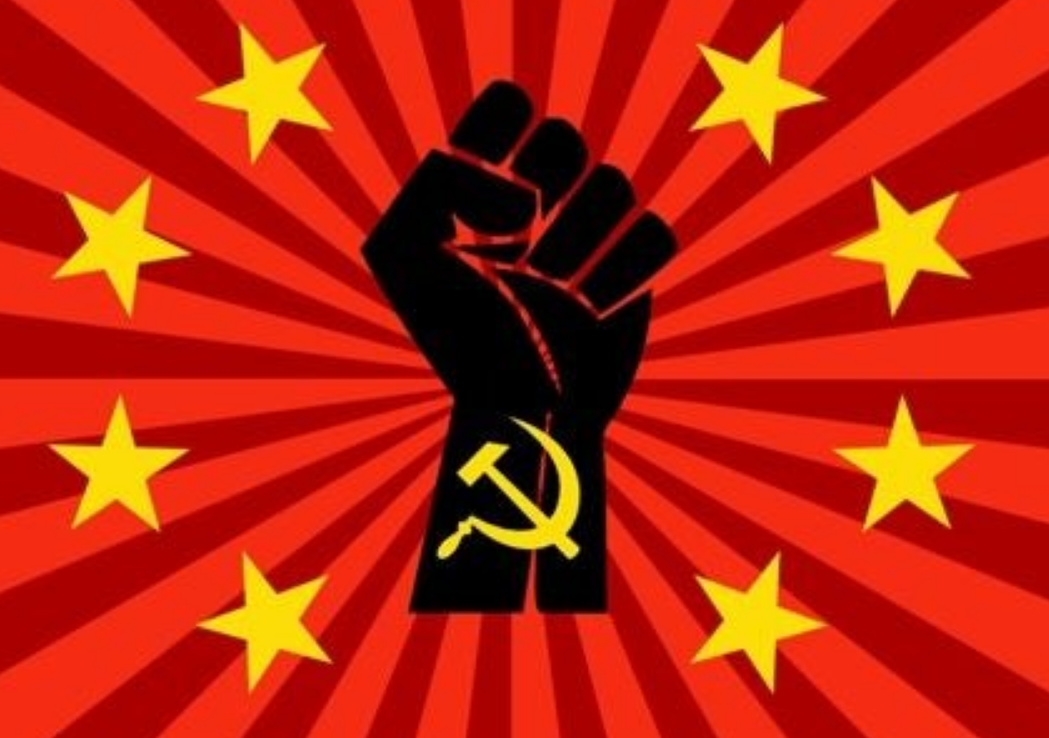Attica has been described as the biggest deployment of state violence since the crushing of the Native uprising at Wounded Knee — 81 years before.
The significance of the Attica uprising as a prison rebellion transcends prison. Attica was a high-water mark in the Black Liberation Movement of the 1960s and 1970s. It was almost the Black Liberation Movement’s Paris Commune of 100 years before in France in 1871.
Attica was spontaneous, but to the extent that it was led, it was organized by revolutionaries — highly political individuals who considered themselves Marxists, Maoists, Black liberationists. They organized committees for food and for negotiations. They put together 28 demands in a few hours!
Their demands addressed every aspect of survival in prison: health, food, an end to solitary confinement, legal rights, the right to family visitation, the right to get political material in the mail. Particularly noteworthy, in relation to the 2016 national prison strike, is that almost one-third of their demands addressed prisoner labor rights.
This is from their statement: “We demand an end to prison labor exploitation. […] Prisoners who refuse to work are punished and segregated. This is a class issue.”
Their demands included: Prisoners should be considered workers. The workday should be eight hours. Prisoners should have the right to form a union. Prisons should be made to conform to New York state labor laws, including wages and workers’ compensation for accidents. Prisoners should have access to vocational training, union pay scales, union membership.
Workers World Party played an important rôle at Attica. The Party had a tremendous reputation with prisoners, through both Youth Against War and Fascism and the Prisoners’ Solidarity Committee, and was known in all state prisons. We did work, ranging from solidarity with political prisoners and legal help to providing buses to take prisoners’ families for visits to upstate prisons.
We were also known for our political program: “Prisons are concentration camps for the poor! Tear them down!” Our reputation was such that the Attica negotiating committee asked that a leading comrade, Tom Soto, be an observer during negotiations with the state.
Ultimately the repression came. Nelson Rockefeller, the oil billionaire, then the governor, gave the orders to crush the uprising. He had a reputation as an Eastern liberal, but he was actually a ruling-class monster with presidential aspirations, so he ordered more than 1,000 troops, guards and state troopers from four to five nearby states to shoot indiscriminately. The state killed more than 30 prisoners and 10 hostages.
The bourgeois propaganda was that the prisoners had killed the hostages, with the media giving all sorts of lying details. But it later came out that all who died, died of bullet wounds — and the prisoners had no guns. Surviving prisoners were tortured, without their wounds being treated.
The ruling class made their point: “There is a price to pay” if there is rebellion.


